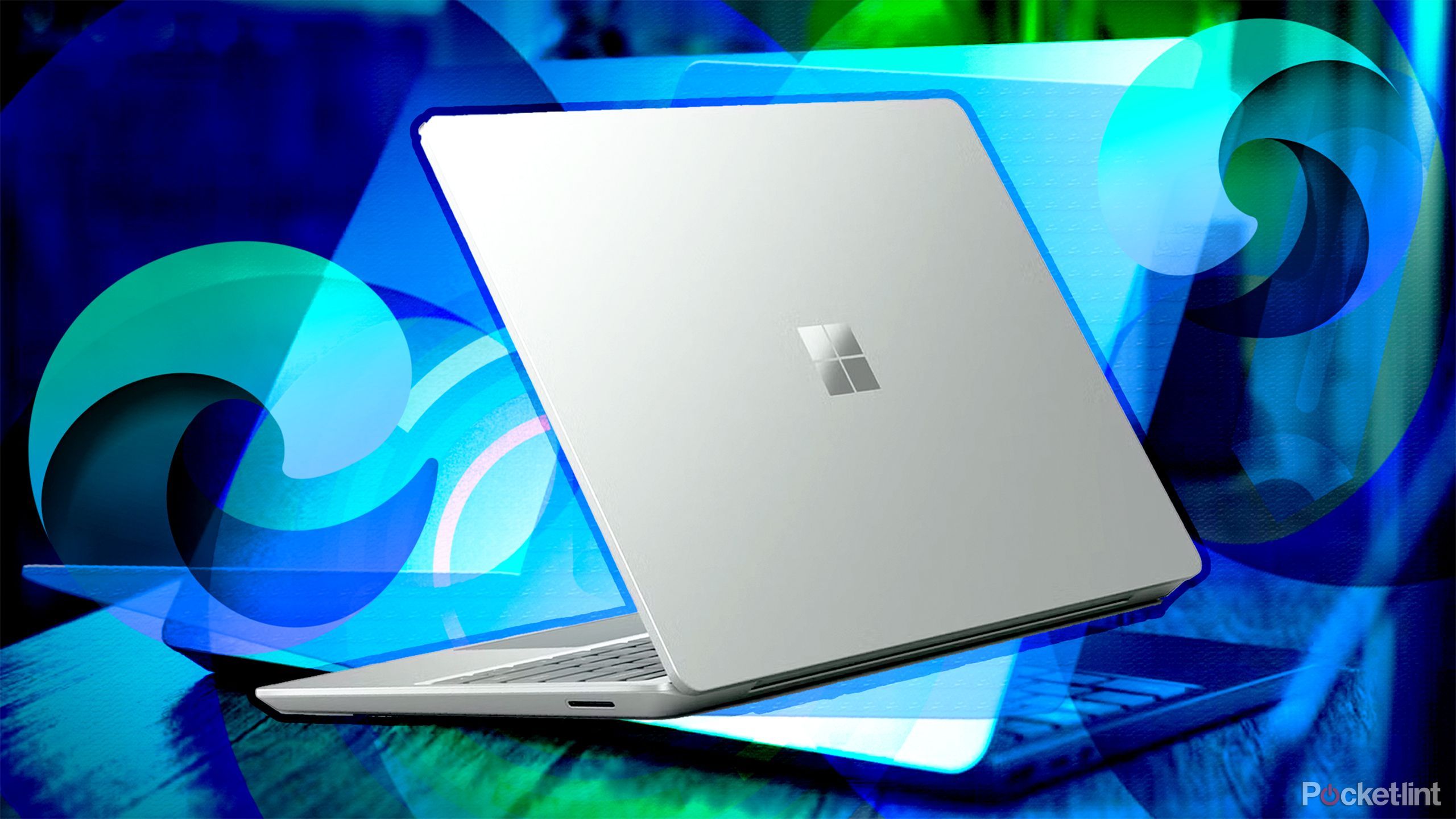HDDs are getting less reliable, says Backblaze – so is it time to switch to SSD?
Backblaze, which has been monitoring the failure rate of its hard drives over the course of a decade, has just announced its latest figures.
With over 241,000 operational HDDs and SSDs in its possession, the cloud storage giant provides one of the most insightful analyses of failure rates and reliability scores available, helping consumers and businesses to choose where they spend their money more carefully.
Accounting for test drives and models with fewer than 60 in operation, Backblaze’s Q1 2023 report uncovered statistics from 236,893 drives, spanning 30 models from four manufacturers that account for almost 2.8 million TB of storage.
Are HDDs reliable?
According to its Q1 2023 figures, the hard drives used by Backblaze (some of which in operation for a number of years) are becoming less reliable, averaging an annualized failure rating of 1.54%, compared with 1.21% in the previous quarter.
This is a sharp increase on the 1.37% figure reported for 2022 as a whole, itself up from 1.01% in 2021 and 0.93% in 2020.
While data is limited and we cannot deduce whether drive size plays a role in failure, Backlaze’s 10TB HDDs were the most affected, with larger drives faring better.
It also marked Seagate as having the highest AFR of 2.28% compared with WDC on the opposite end of the scale, at 0.31%.
Age is another variable quoted by the company, with some of its drives not failing until their fifth year, and others in their first few months. It does, however, estimate an average age for failure at two to three years, according to its own and Secure Data Recovery research.
The company’s growing number of SSDs is beginning to show their true reliability in comparison, though data is still several thousands of terabytes away from that of HDDs. Still, a 2022 AFR of 0.98% is down from 1.05% in 2021, making SSDs generally more reliable than their HDD counterparts.
In need of a hardware upgrade? How about one of the best business laptops?




